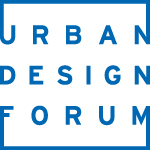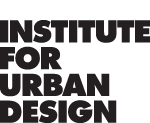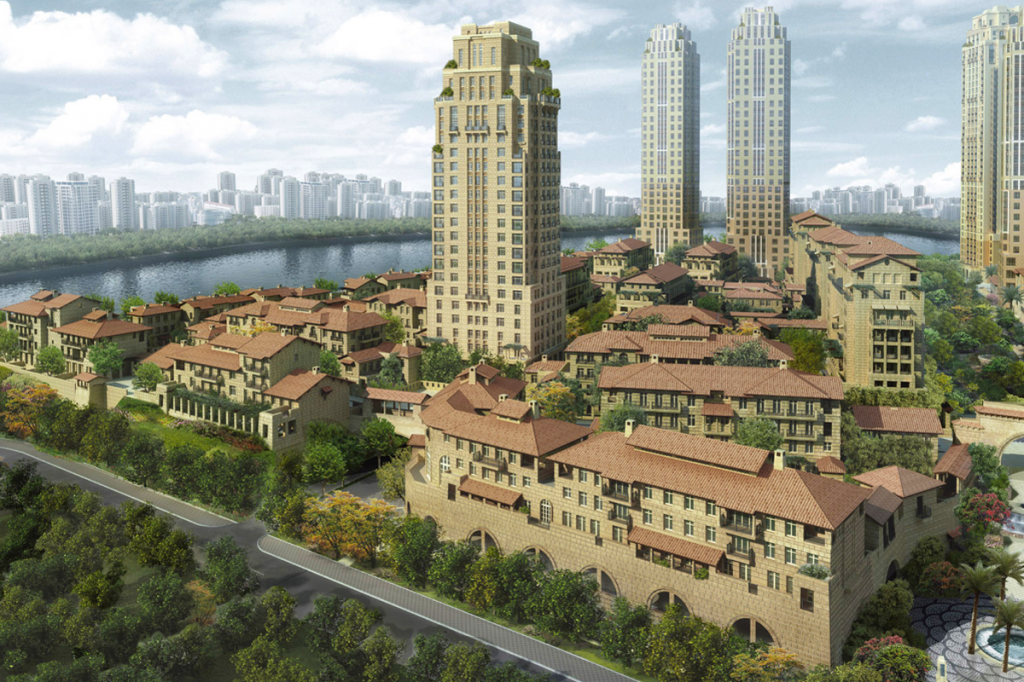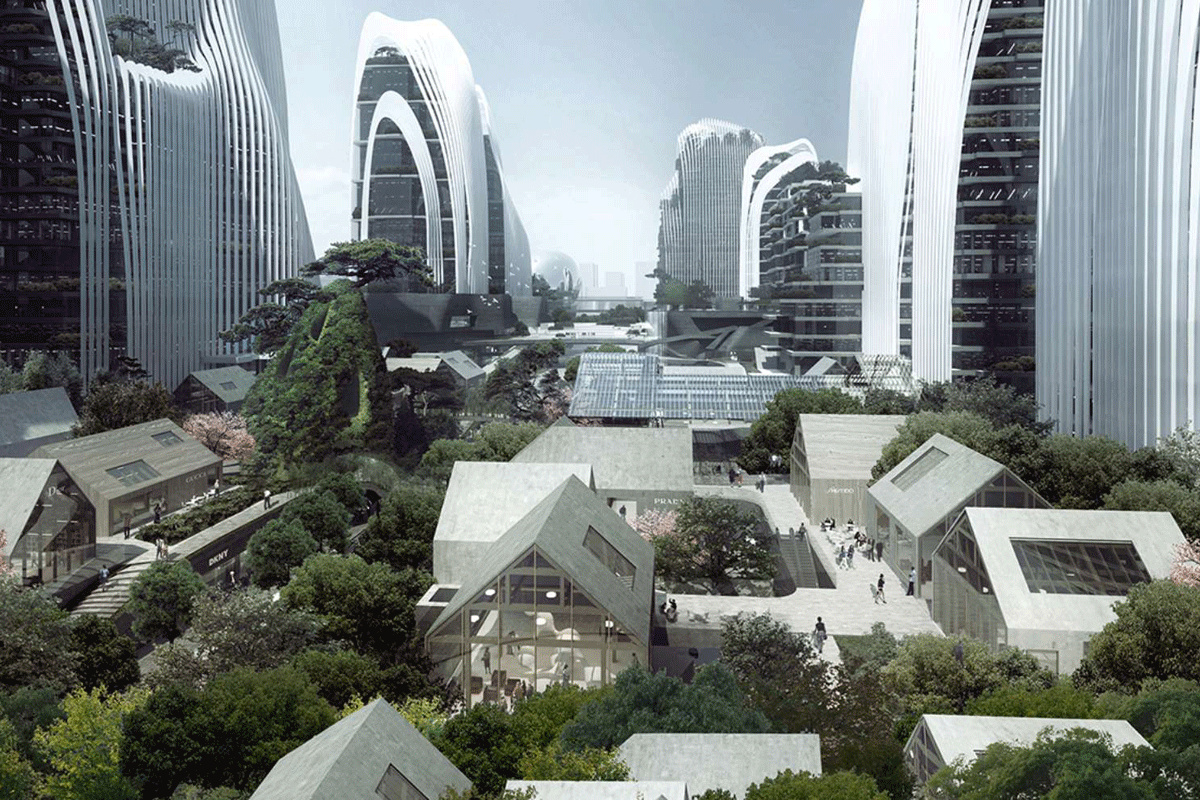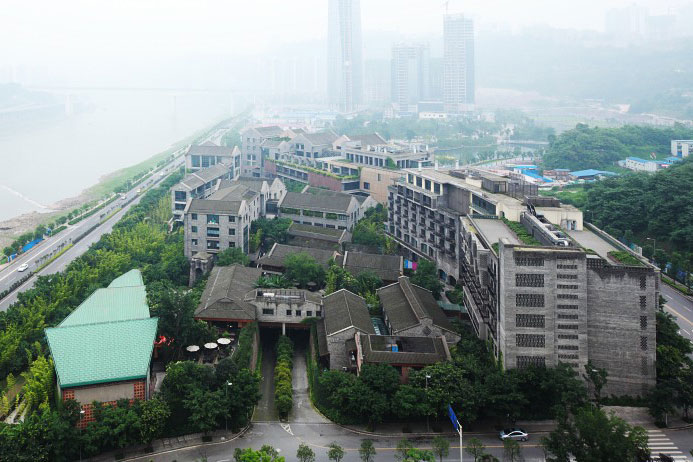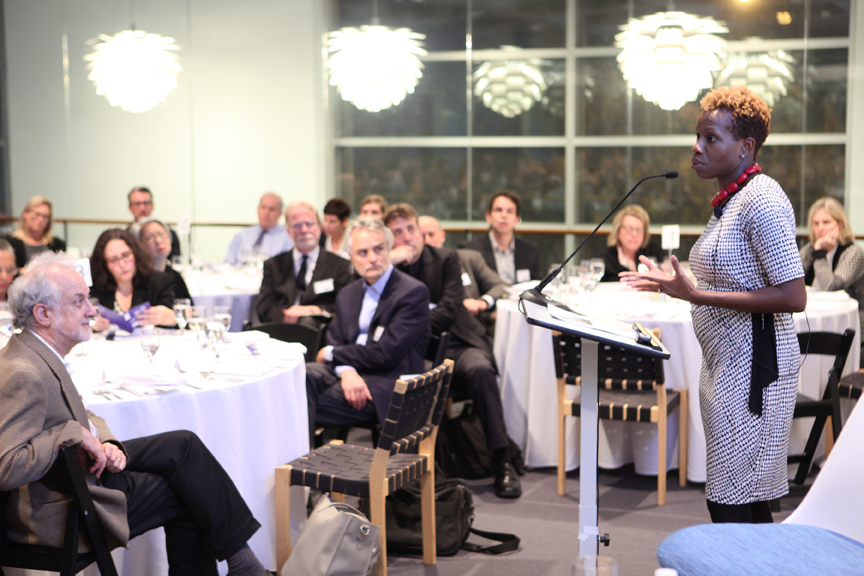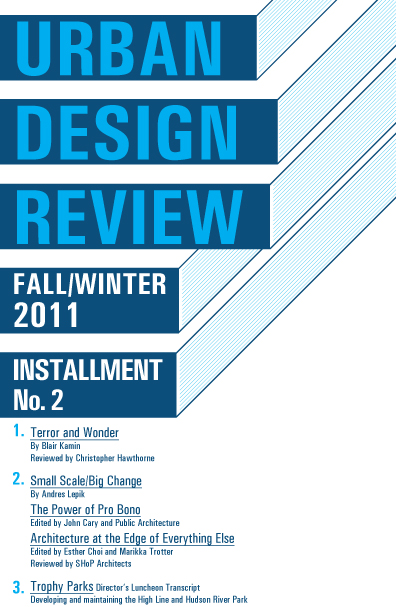The Urban Design Review is now an online journal, available at urbandesignreview.org.
When we launched the journal five years ago, our mission was to wade through the flood of new publications to highlight the most provocative and worthwhile literature. As we meditated on new directions for the journal, we were determined to take advantage of the insights of our fellows to critically explore the most defining issues we face in our cities.
To that end, we have repurposed the Review to provide a platform for eminent urbanists to present new policy ideas and evaluate interventions that merit further scrutiny. In addition to reviews of recent literature, films and exhibitions, the Review will now feature project updates, op-eds, and debates written by our distinguished body of fellows and invited experts.
If you would like to be involved or wish to contribute, contact us at [email protected]. The Review is an evolving project—we welcome your input!
